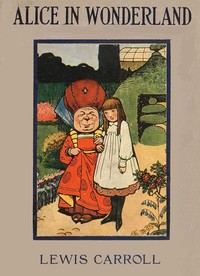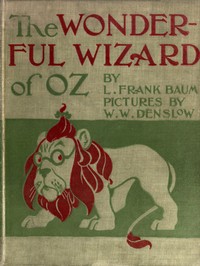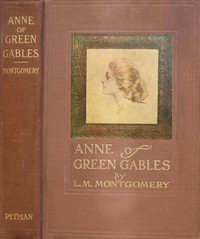Children’s books are a fun and effective way to improve your English. They use simple language, colorful pictures, and interesting stories that make learning enjoyable. In this guide, you’ll learn how to use children’s books to build your English skills step by step.
Why Use Children’s Books to Learn English?
Simple Vocabulary: Children’s books use everyday words and phrases that are easy to understand and remember.
Clear Grammar: Sentences in children’s books are short and grammatically correct, making them great for learning basic sentence structures.
Repetition: Many children’s books repeat words and phrases, helping you practice and remember them.
Engaging Stories: The stories are fun and often have important life lessons that keep you motivated.
Illustrations: Pictures in the books help you understand the meaning of new words and make learning enjoyable.
Steps to Learn English with Children’s Books
1. Choose the Right Book
Start Simple: Pick books for very young children, like picture books or board books. Look for books with short sentences and easy words.
Check the Topics: Choose books about topics you like, such as animals, adventures, or fairy tales. This will keep you interested.
Consider Bilingual Books: Some children’s books have both English and your native language. These can help you understand new words easily.
2. Read Aloud
Practice Pronunciation: Read the words out loud, even if you’re not sure of the pronunciation. This helps you get used to speaking English.
Use Audio Versions: Many children’s books have audio versions. Listen to them while reading to improve your pronunciation and listening skills.
3. Learn New Words
Keep a Notebook: Write down new words and their meanings. Include a simple sentence for each word to help you remember it.
Use the Pictures: Look at the illustrations to guess the meaning of new words before checking a dictionary.
Repeat and Review: Go back to the same book and read it again. Repetition helps you remember new vocabulary.
4. Practice Grammar
Notice Patterns: Pay attention to how sentences are structured. Look for patterns, like how questions are formed or how verbs change.
Imitate Sentences: Copy sentences from the book and change a word or two to make your own sentences. For example, if the book says, “The cat is sleeping,” you can write, “The dog is playing.”
5. Discuss the Story
Retell the Story: After reading, try to summarize the story in your own words. This improves your speaking and writing skills.
Ask Questions: Write down questions about the story, like “What happened to the main character?” or “Why did they do that?” Answering these questions helps you think in English.
6. Use Songs and Rhymes
Sing Along: Many children’s books come with songs or rhymes. Singing helps you learn pronunciation and rhythm in English.
Memorize Rhymes: Rhymes are fun and easy to remember. They also teach you how words sound together.
Recommended Types of Children’s Books
Picture Books: Simple stories with colorful pictures, like The Very Hungry Caterpillar by Eric Carle.
Rhyming Books: Books with rhymes, like Dr. Seuss stories, to improve pronunciation and fluency.
Fairy Tales: Classic stories like Cinderella or Jack and the Beanstalk to learn common phrases and expressions.
Bilingual Books: Books that show the text in English and another language, which are helpful for beginners.
Interactive Books: Books with questions or activities, like Where’s Spot? by Eric Hill.
Tips for Success
Be Consistent: Read a little every day, even if it’s just 10 minutes.
Don’t Worry About Mistakes: It’s okay to mispronounce words or not understand everything at first. Keep trying!
Enjoy the Process: Have fun with the stories, pictures, and activities. The more you enjoy it, the easier it will be to learn.
Using children’s books is a fantastic way to improve your English step by step. With practice and patience, you’ll soon see progress in your vocabulary, grammar, and confidence. Happy reading!
10 Best Children's Books for Learning English











Comments
Post a Comment